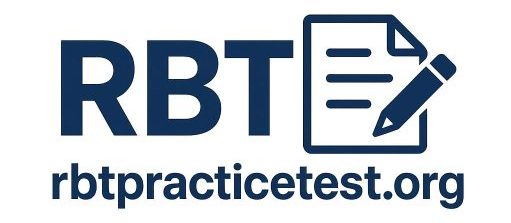RBT Exam – Mock Test
Prepare for your official RBT certification with our free mock test above. This exam includes 75 full-length questions that cover 6 sections from the 2nd Edition BACB Task List: measurement, assessment, skill Acquisition, behavior reduction, documentation and reporting, and professional conduct.
Take this practice exam test under timed conditions to mirror the real free exam test experience, and track your performance upon completion to identify which areas need more attention.
More Full Test?
Done with this test? Keep building your skills with our free full-length exams, such as the RBT practice exam 75 questions and the RBT practice exam 85 questions, and strengthen your performance step by step.
Need to Practice more?
Comback to our homepage to choose the test format you want, we have hundreds of free practice RBT questions ready for you.
